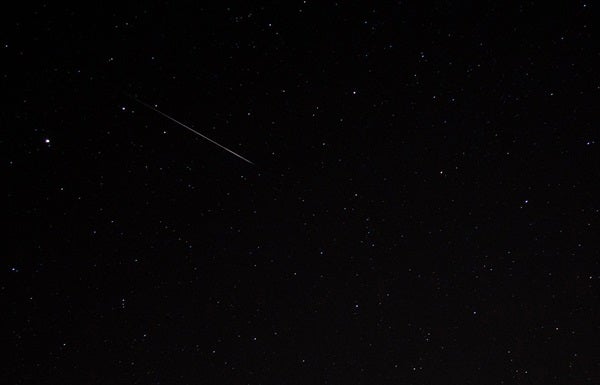One of the year’s best meteor showers — but ironically one of the least observed — makes its appearance in early January. The Quadrantid shower peaks the morning of January 3. Two factors typically conspire against good views of the Quadrantids. First, the weather this time of year tends to be cloudy and cold throughout most of the Northern Hemisphere. Second, the number of Quadrantid meteors drops off dramatically from a sharp peak, so observing more than a day off of peak yields few sightings.
If skies are clear, however, viewing conditions should be excellent this year. The waxing crescent Moon sets around 10 p.m. local time on the 2nd, leaving the prime observing hours from midnight free from lunar interference.
The number of Quadrantid meteors reaches up to 120 per hour under a dark, country sky. You’ll get the best view if you find a spot far from the lights of the city. As always this time of year, bundle up in layers if you plan to view the shower. Reclining in a lawn chair is a great way to take in a lot of the sky at once, but be sure to get up and walk around occasionally. It also helps to drink some hot coffee or tea.
The Quadrantids begin as tiny specks of dust that hit Earth’s atmosphere at 92,000 mph (148,000 km/h), vaporizing from friction with the air and leaving behind the streaks of light we call meteors. They get their name from a constellation that no longer exists. Back in the 19th century, the spot where the meteors radiate from was known as Quadrans Muralis (the Wall Quadrant). Today, that region lies in the northern part of the constellation Boötes, a little bit below the handle of the Big Dipper. You can find this area climbing in the northeastern sky in the hours before dawn.










